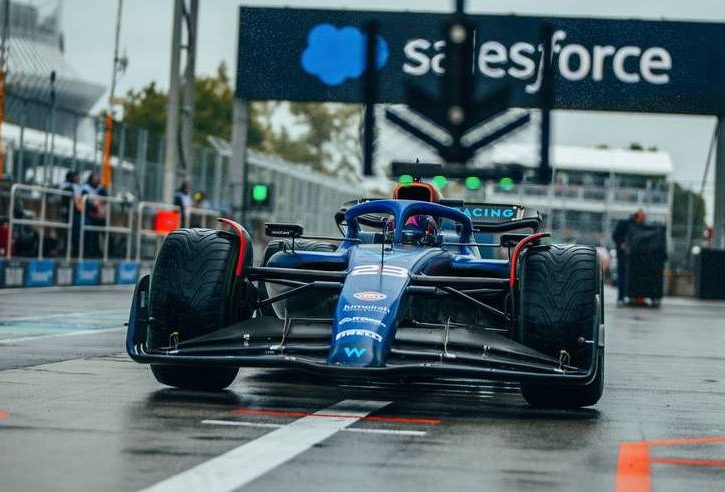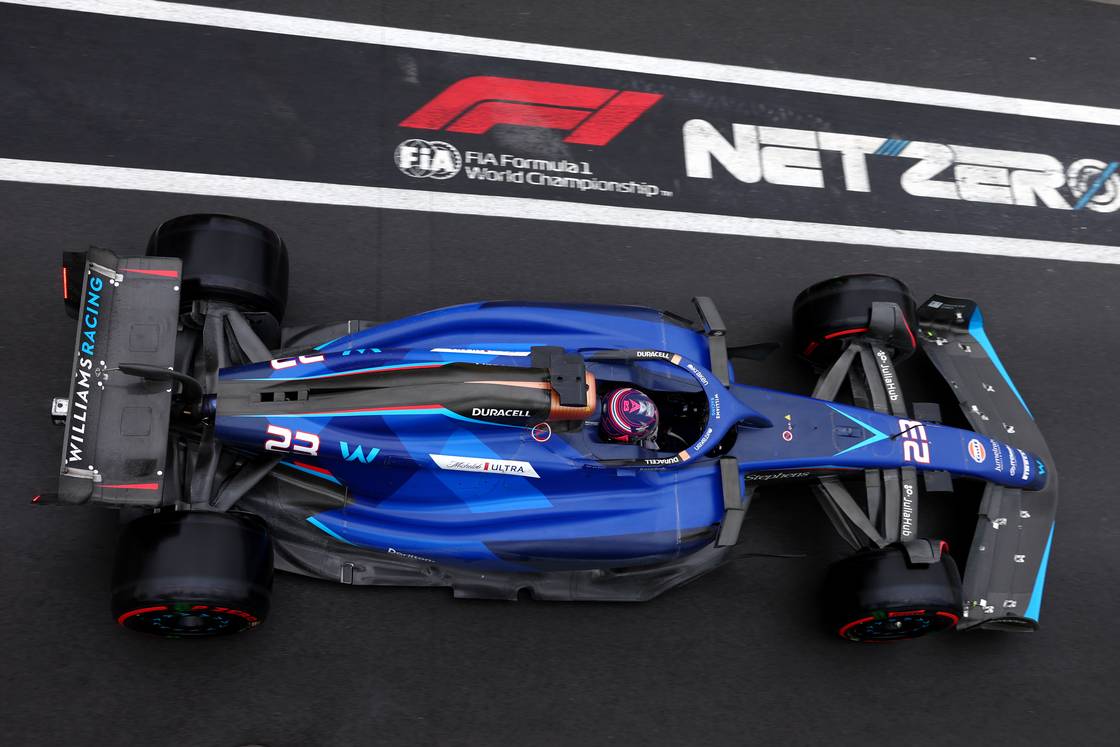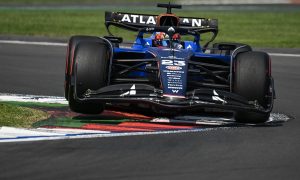
Williams remains guarded on the level of correlation between its sim data and the numbers generated by the upgrade implemented on its FW45 last weekend due to a lack of dry running in Montreal.
After qualifying tenth for last weekend's Canadian Grand Prix, Alex Albon delivered a seventh-place finish to Williams thanks to a spirited drive.
The Anglo-Thai racer was the sole beneficiary of Williams' update package and while many believed that Albon's performance represented a proper validation of the changes, team boss James Vowles suggested that the weekend's mixed track conditions and disrupted running were an imperfect setting to assess the FW45's new package.
Asked in his post-race debrief if the updates had correlated well with the team's CFD and windtunnel data, Vowles reckoned Williams was short on information to make a proper assessment.

"It’s difficult to answer the question fully as we stand here, simply because it was very limited amount of dry running in free practice and the race was still interfered by other circumstances," he said.
"Typically to correlate a package you need a good amount of laps in ISO conditions to properly understand where you have."
However, based on the initial data collected in Montreal, the numbers look good according to Vowles who suspects that there is "more performance" to be unlocked from Williams' new-spec FW45.
"I don’t think we really have enough to say ‘Has it reached its full potential?’" he said. "It certainly looks that way on the data from free practice but we’ll need more tracks and time to ascertain that.

©Williams
"Is there more performance to come? I suspect so, every time you introduce a package to the car, it takes a few iterations to get it absolutely nailed on in terms of the set up window you want to be operating in.
"So expect more to come across the next few races."
The new components introduced by Williams in Canada included new bodywork and a new floor ensemble the purpose of which was to increase downforce levels. Vowles reckons the changes will eventually improve the car's performance at all tracks.
"The upgrades that went on the car are ones that are generating downforce, just vertical load on the car," explained the former Mercedes strategist.
"That will, depending on the track, give you more or less performance fundamentally, just depending on how sensitive it is to that downforce number.
"But ultimately, it will make us quicker at all tracks. However the base property that we have in the car where it is better at tracks with good straight-line content will remain the same."
Keep up to date with all the F1 news via Facebook and Twitter







